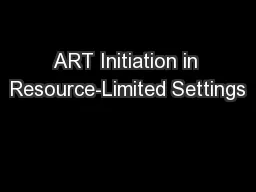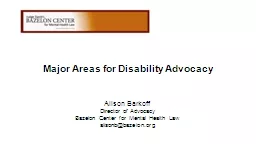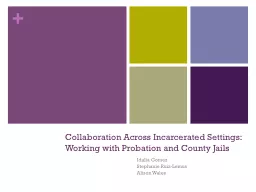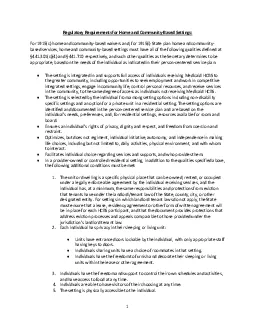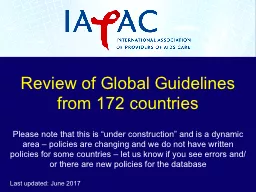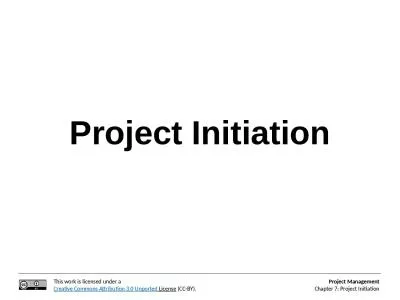PPT-ART Initiation in Resource-Limited Settings
Author : lois-ondreau | Published Date : 2017-05-09
Susan M Graham Assistant Professor Medicine and Global Health Adjunct Assistant Professor Epidemiology Presentation prepared by Susan M Graham Last Updated October
Presentation Embed Code
Download Presentation
Download Presentation The PPT/PDF document "ART Initiation in Resource-Limited Setti..." is the property of its rightful owner. Permission is granted to download and print the materials on this website for personal, non-commercial use only, and to display it on your personal computer provided you do not modify the materials and that you retain all copyright notices contained in the materials. By downloading content from our website, you accept the terms of this agreement.
ART Initiation in Resource-Limited Settings: Transcript
Download Rules Of Document
"ART Initiation in Resource-Limited Settings"The content belongs to its owner. You may download and print it for personal use, without modification, and keep all copyright notices. By downloading, you agree to these terms.
Related Documents

